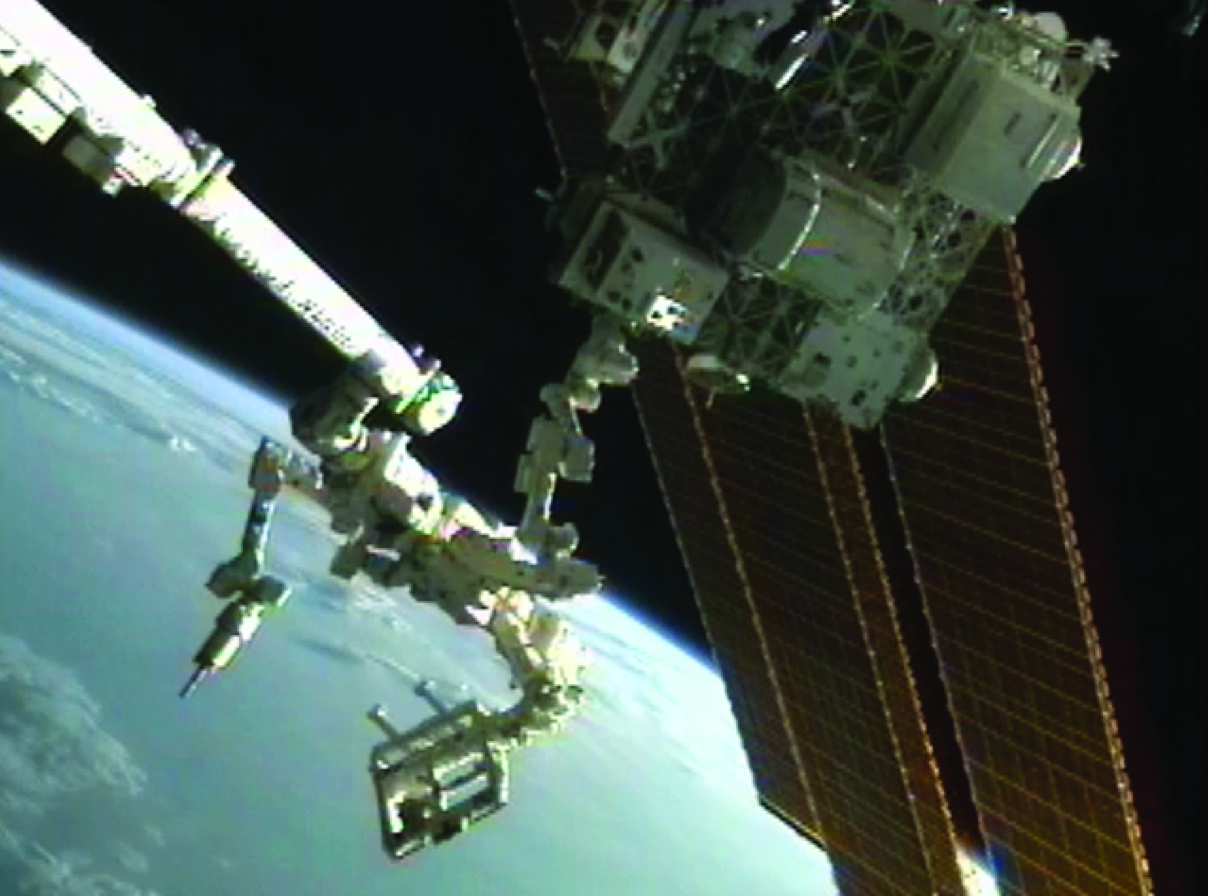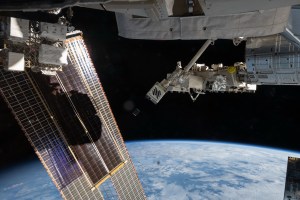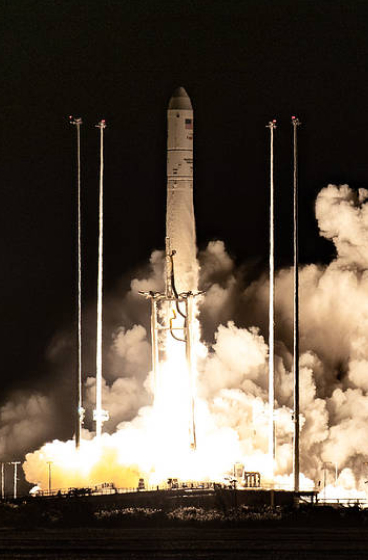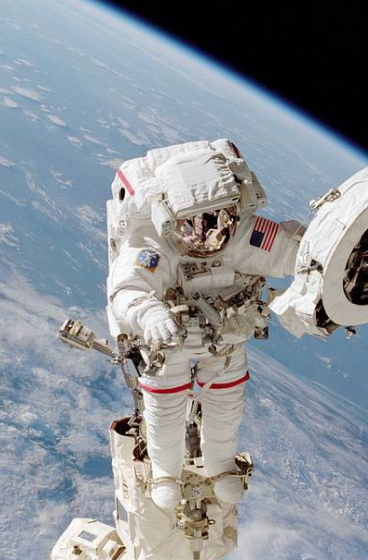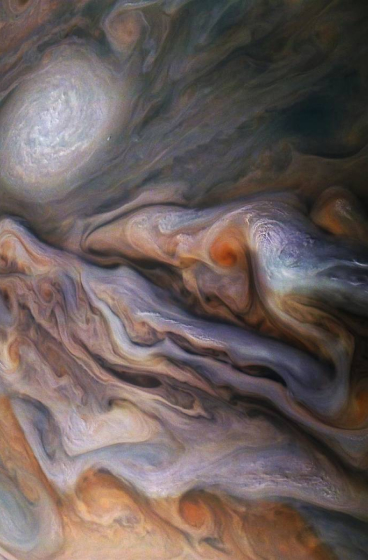Note: Please note that this is an “archived project” and is no longer updated. This article is meant for historical purposes only.
Robots in Space!
The Satellite Servicing Capabilities Office (SSCO) at NASA’s Goddard Space Flight Center was established in 2009 to continue NASA’s long legacy of satellite servicing and repair. Building upon thirty years’ experience servicing assets from Solar Max to the Hubble Space Telescope, SSCO exists to enable the routine servicing of satellites that were not designed with servicing in mind; position the United States to be the global leader in in-space repair, maintenance, and satellite disposal; as well as help to enable a future U.S. industry for the servicing of satellites
To meet these objectives, SSCO – funded by Space Technology’s Game Changing Development Program and the Human Exploration and Operations Mission Directorate – is conducting an aggressive technology campaign. geared towards making robotic servicing missions in geosynchronous Earth orbit (GEO) a reality. America depends on GEO satellites for defense, communication, science, and weather monitoring. These high-cost assets eventually fail or run out of fuel. Refueling and maintaining these costly spacecraft can keep them operating longer in space in the right orbit, giving the nation more value from its initial investment.
Servicing can also help make space more sustainable. Broken and drifting satellites take up valuable GEO real estate and pose a risk to their space neighbors. A multi-capability servicer spacecraft could help mitigate the looming orbital debris problem.
As part of its technology development campaign, SSCO is advancing technologies such as dexterous robotics, autonomous rendezvous and docking systems, hypergolic propellant transfer systems, contact dynamics simulation platforms, and sophisticated tools and grippers. SSCO’s Robotic Refueling Mission (RRM), an external International Space Station experiment, is currently demonstrating and testing the tools, technologies, and techniques needed to robotically refuel and repair satellites in space, especially spacecraft that were not designed to be serviced. A joint effort between NASA and the Canadian Space Agency, RRM launched on the last shuttle mission, STS-135.
Satellite servicing technologies are truly cross-cutting, as they offer a suite of capabilities applicable to such diverse missions as assembling an observatory or habitat in space, catching up with an asteroid, or fixing a spacecraft or ground station on a trip to Mars. They are also game changing, as they allow developing missions a considerably larger trade space to make cost-efficient decisions on redundancy, fault tolerance, and mass allocation.
For more information about SSCO, visit their website at http://ssco.gsfc.nasa.gov.
Related links: http://www.nasa.gov/mission_pages/station/research/news/rrm_capabilities.html



























